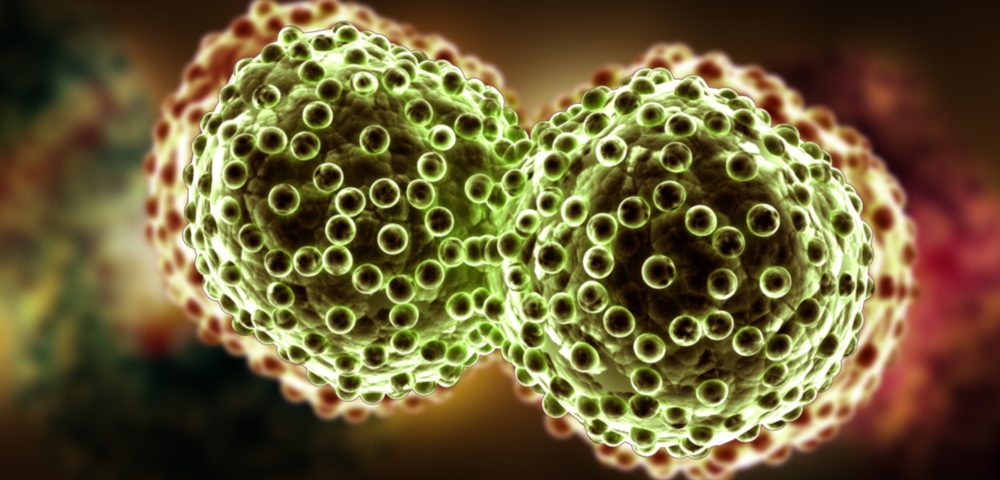All lung cancers are not created equal, a recent study demonstrated, showing that tumors classified as small cell lung cancer can look and behave in very specific ways. Since the subtype differences are determined by varying molecular factors, the findings explain why some patients respond poorly to treatment, and may open the door for targeted lung cancer treatments.
A research team at the University of Utah Health Sciences characterized one type of lung cancer, and showed that a combination of chemotherapy and another drug significantly improved survival in mice.
The study, “MYC Drives Progression of Small Cell Lung Cancer to a Variant Neuroendocrine Subtype with Vulnerability to Aurora Kinase Inhibition,” was published in the journal Cancer Cell.
“Currently when small cell lung cancer patients come in, there is no genetic testing for them,” Trudy G. Oliver, PhD, an investigator at Huntsman Cancer Institute and assistant professor in oncological sciences at the University of Utah, said in a press release.
“They’re just diagnosed with small cell and they are all treated basically the same way. But our research showed small cell tumors do not all act alike. That becomes very important in how a patient is treated.”
Building on this knowledge, Oliver’s team chose to work with one of the cancer subtypes called C-MYC. This tumor type can be distinguished by its high production of a protein called MYC, and researchers estimate that about one-fifth of all lung cancer patients may have this cancer type.
“The C-MYC tumors physically look different under the microscope,” Oliver said. “They’re much more aggressive. They grow faster and they spread faster. And most importantly, they respond differently to therapy.”
To better understand how this lung cancer subtype works and responds to treatment, the team created a new mouse model growing C-MYC tumors. The mice closely mirrored disease characteristics of people having this type of cancer. They initially responded to chemotherapy, but then relapsed. Molecular analyses confirmed that both gene expression patterns and the presence of specific molecules looked similar in humans with MYC-containing tumors.
The team showed that MYC cooperates with other known lung cancer factors to promote cancer growth and make the tumors much more likely to spread.
But the team was not satisfied by simply characterizing the tumor type. In collaboration with researchers at the University of Cologne in Germany, they used their newfound knowledge to screen for drugs that may be effective against the cancer. And their search was fruitful. When combined with chemotherapy, a drug called Aurora kinase inhibitor was much more effective in treating the cancer than chemotherapy alone. Several Aurora kinase inhibitors are currently in clinical trials.
“The mice survive about twice as long,” said Oliver. “We have some mice that really had extended survival. If these observations could be translated to people, this could be a significant breakthrough for patients with small cell lung cancer.”
The findings likely explain why a proportion of patients did not respond well to standard treatment. Unlike many other cancer forms, lung cancer lacks treatments targeting molecular features that are specific for the cancer.
“Historically when you would test a drug in small cell lung cancer, almost everything failed,” Oliver said. “You’d maybe have 10 or 20 percent of people respond — and you didn’t know why those did. So now that we have a new appreciation for the different molecular types of tumors, we might realize, ‘Oh, 100 percent of this tumor subgroup actually responded — it just happened to be only 20 percent of the whole.'”
The study is likely to drive the development of more specific therapies for lung cancer.
“We should be able to do molecular testing to say, ‘You have this type of small cell versus this type,'” Oliver said. “That really matters because it’s going to dictate which therapy you should get. We also need to find therapies that work specifically for each type of tumor.”


